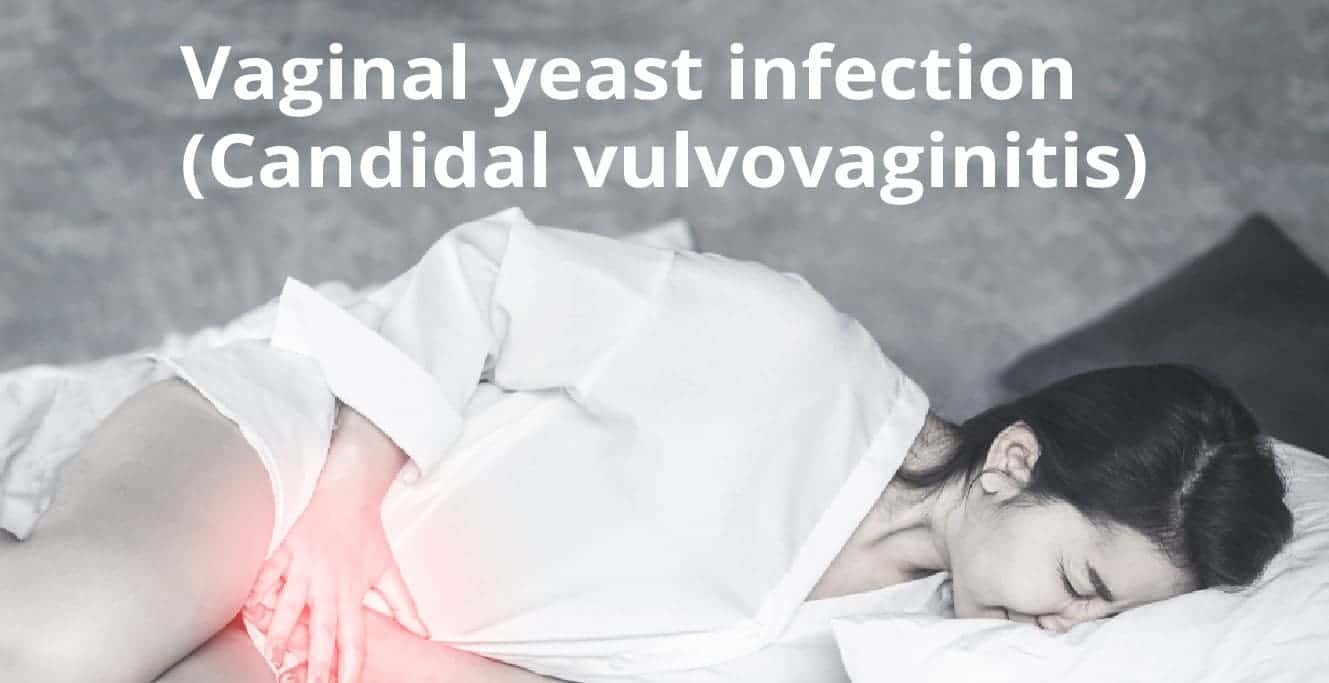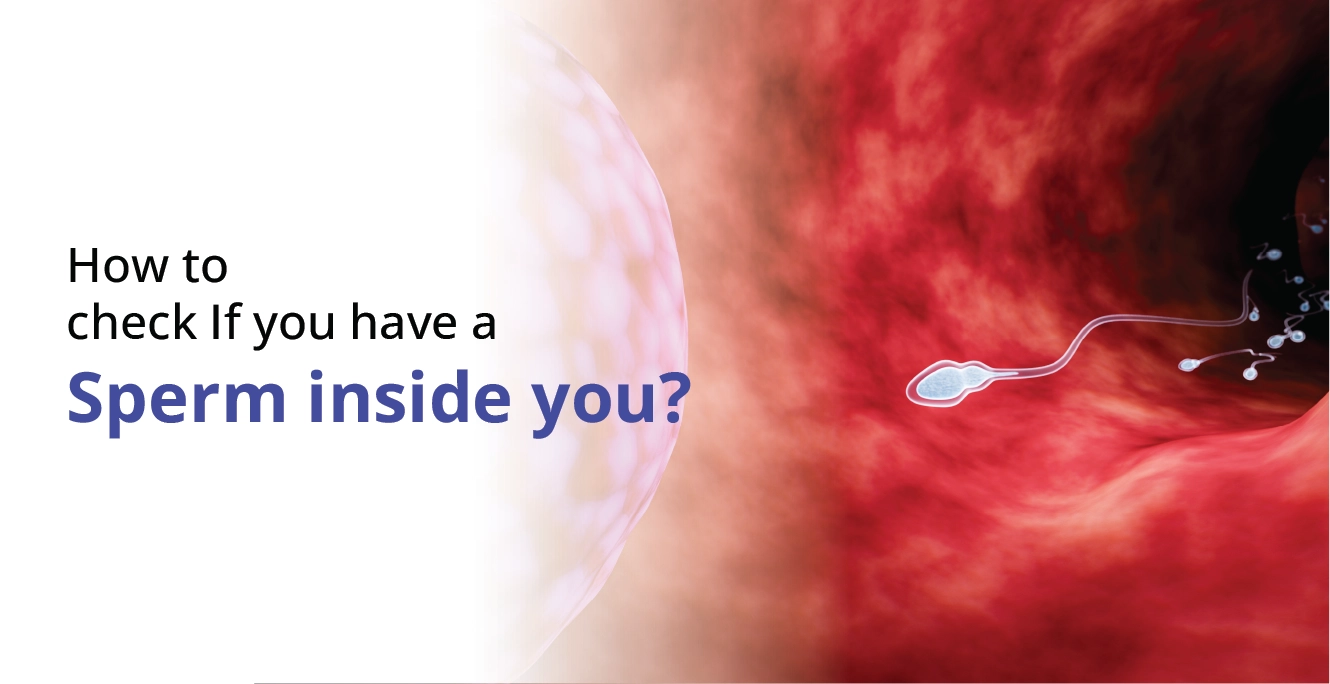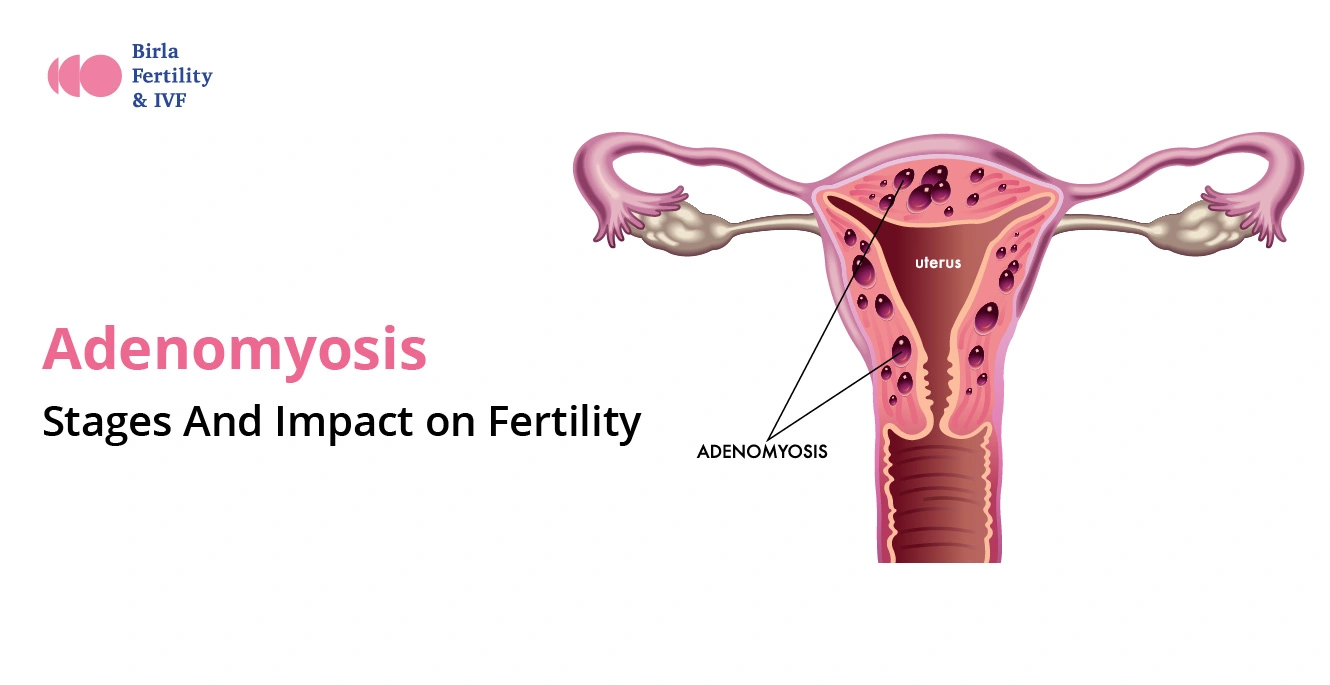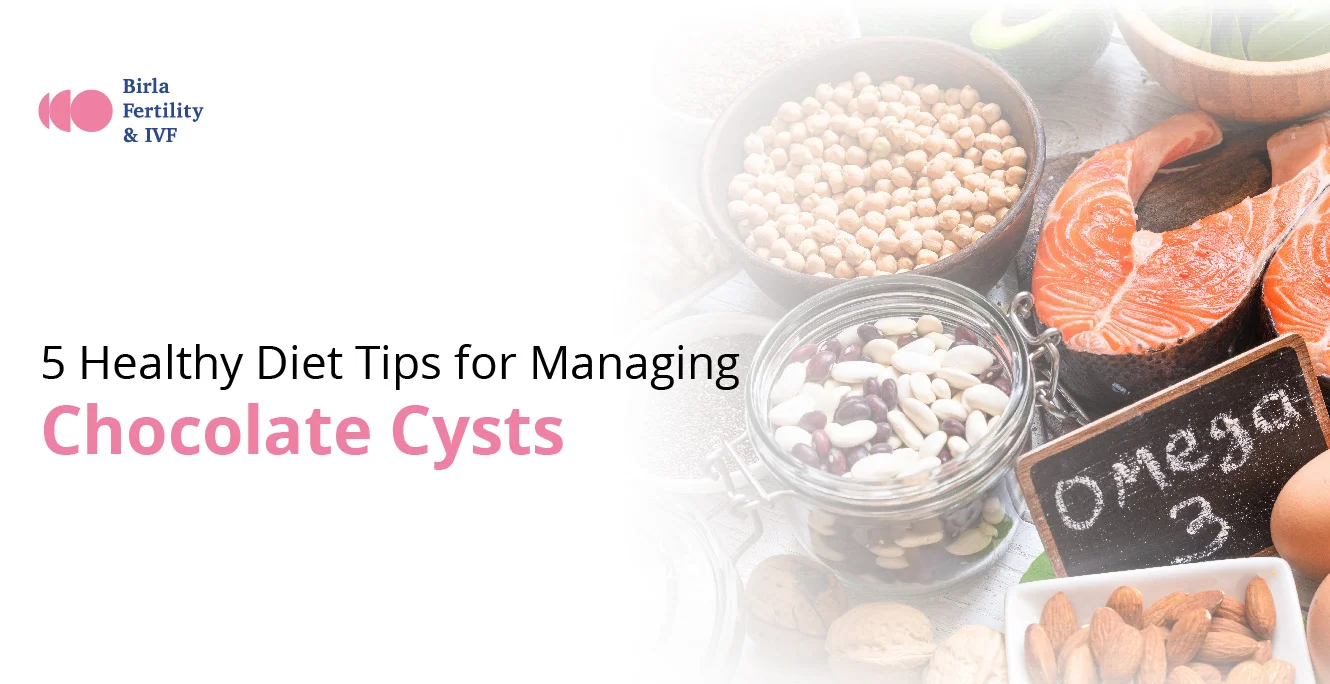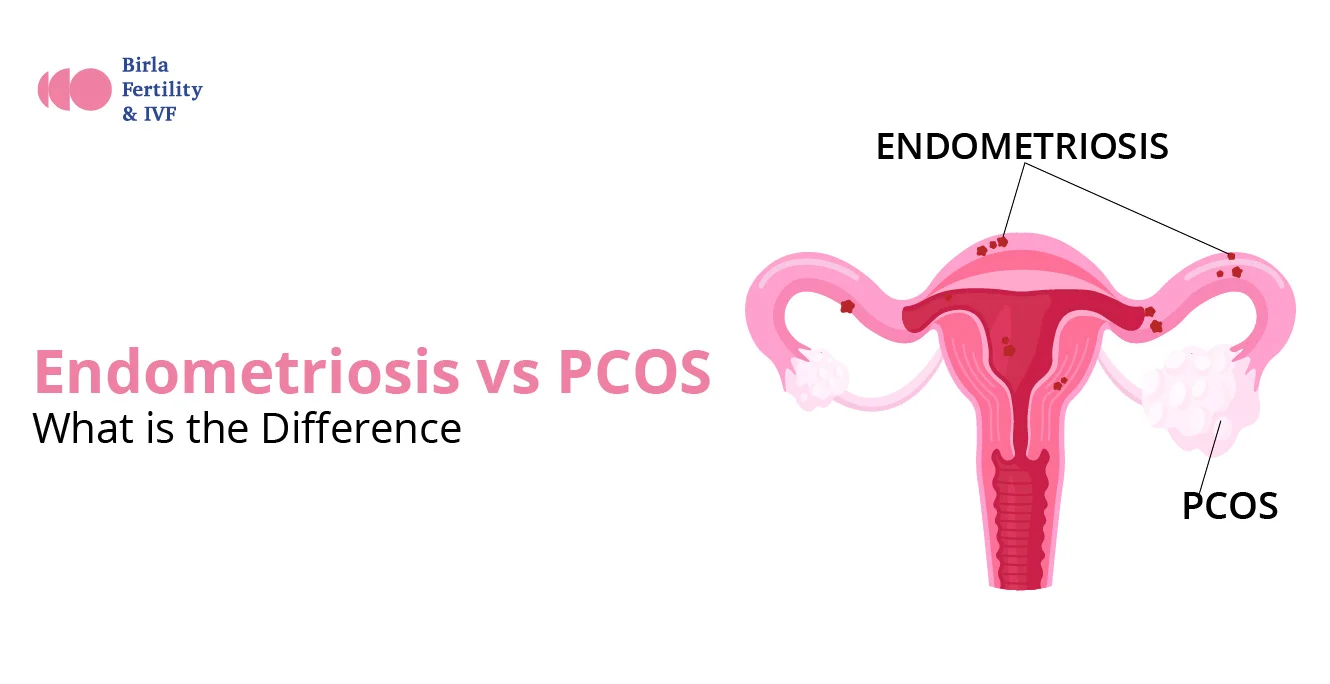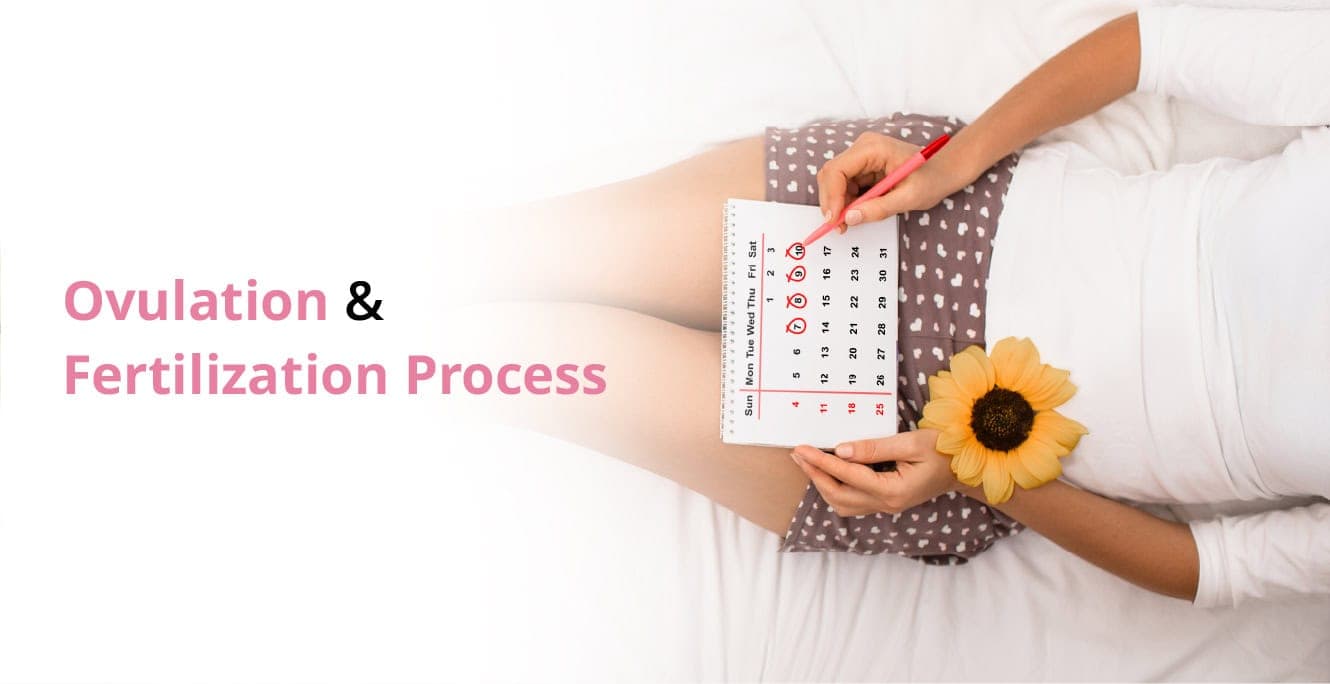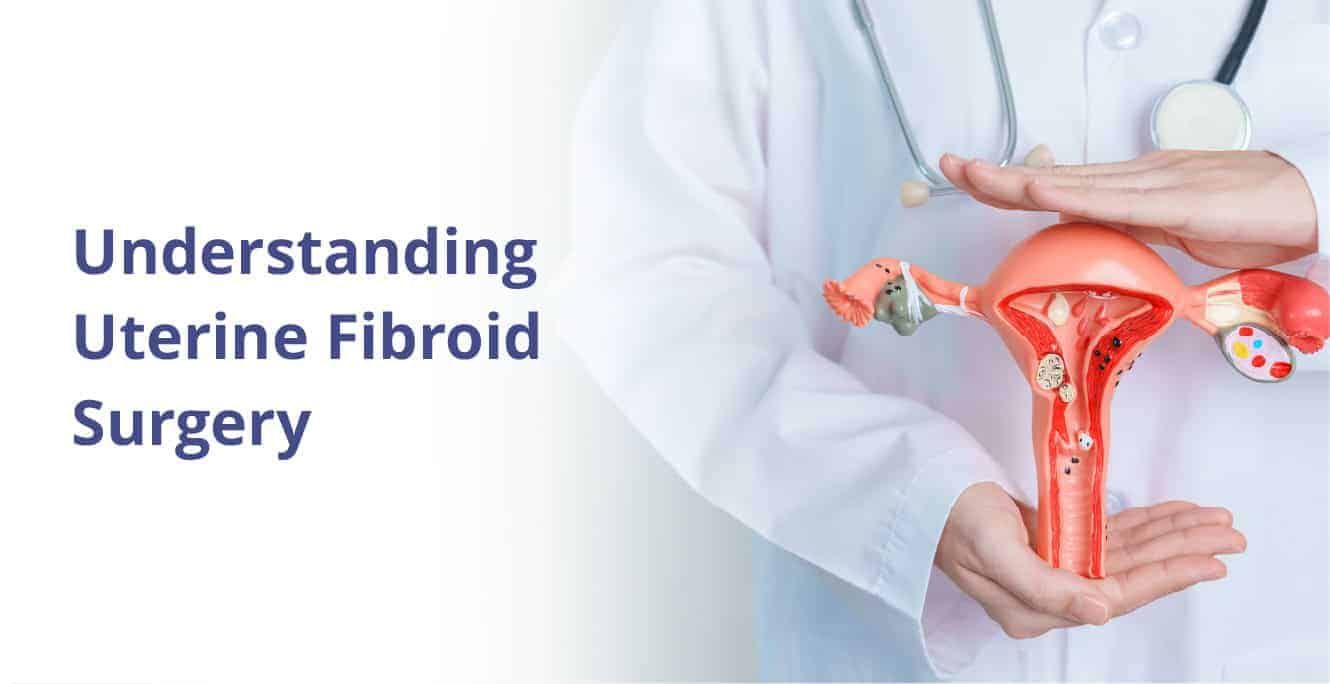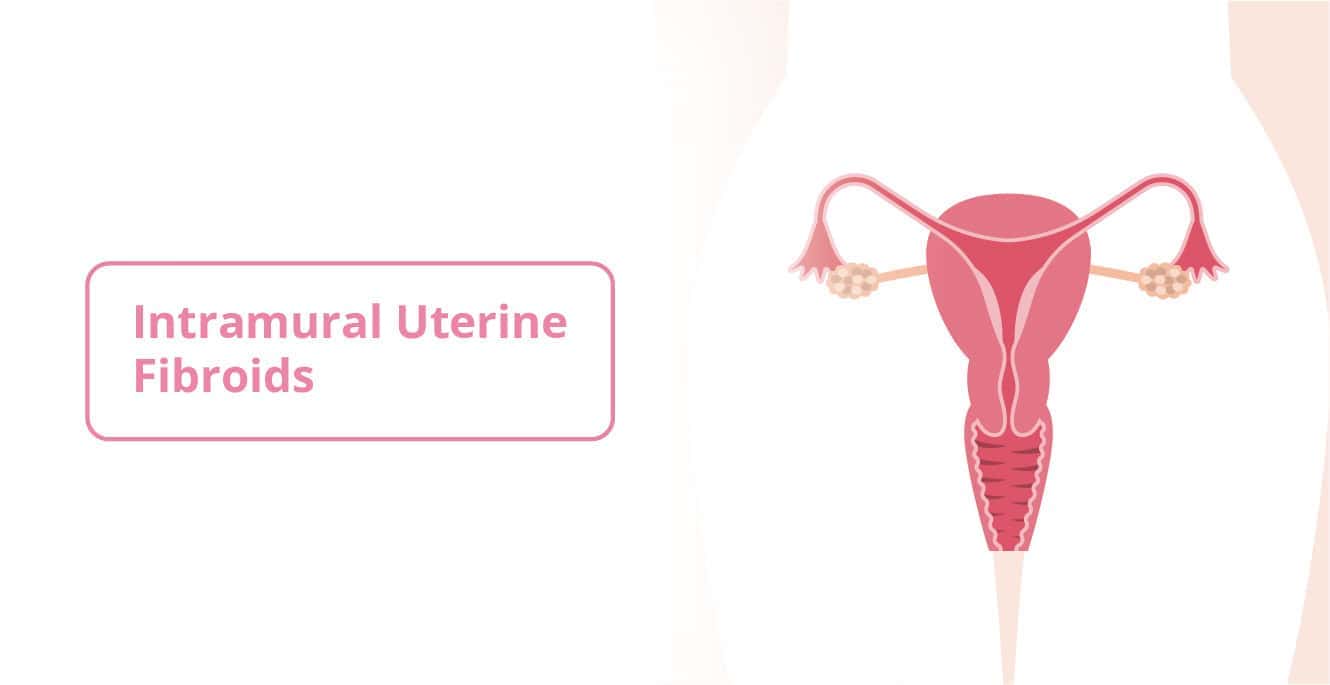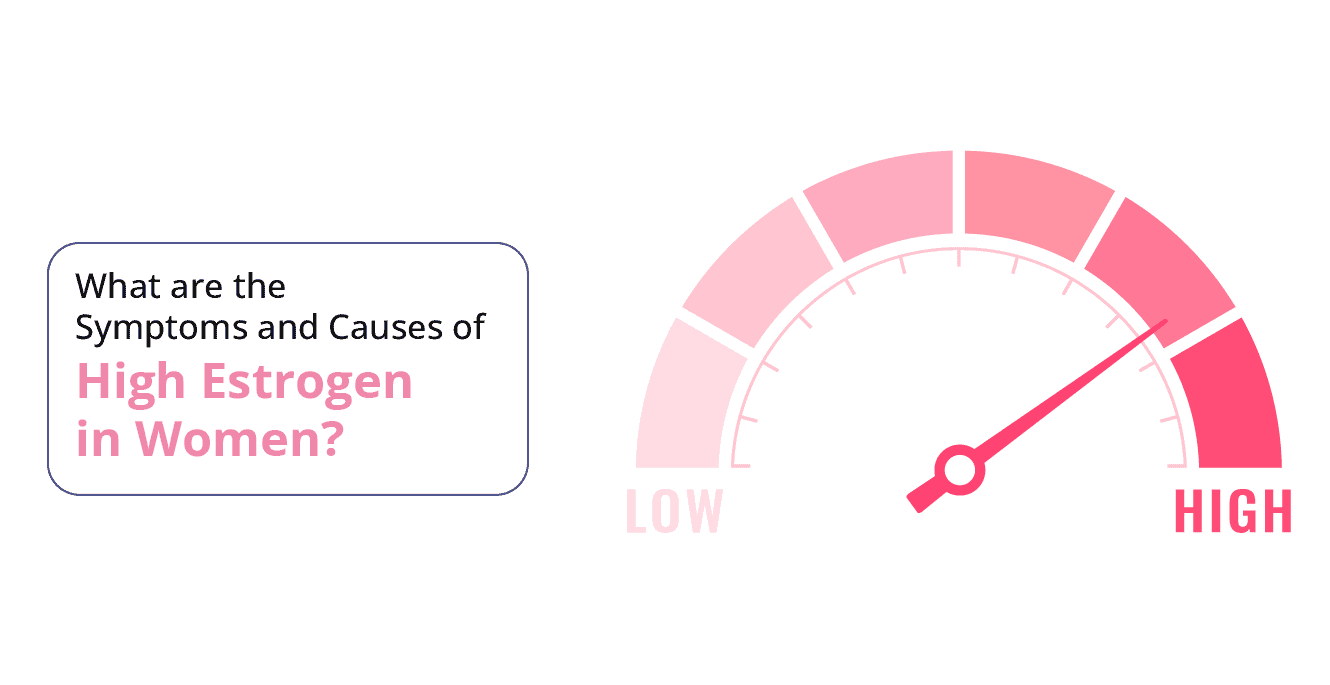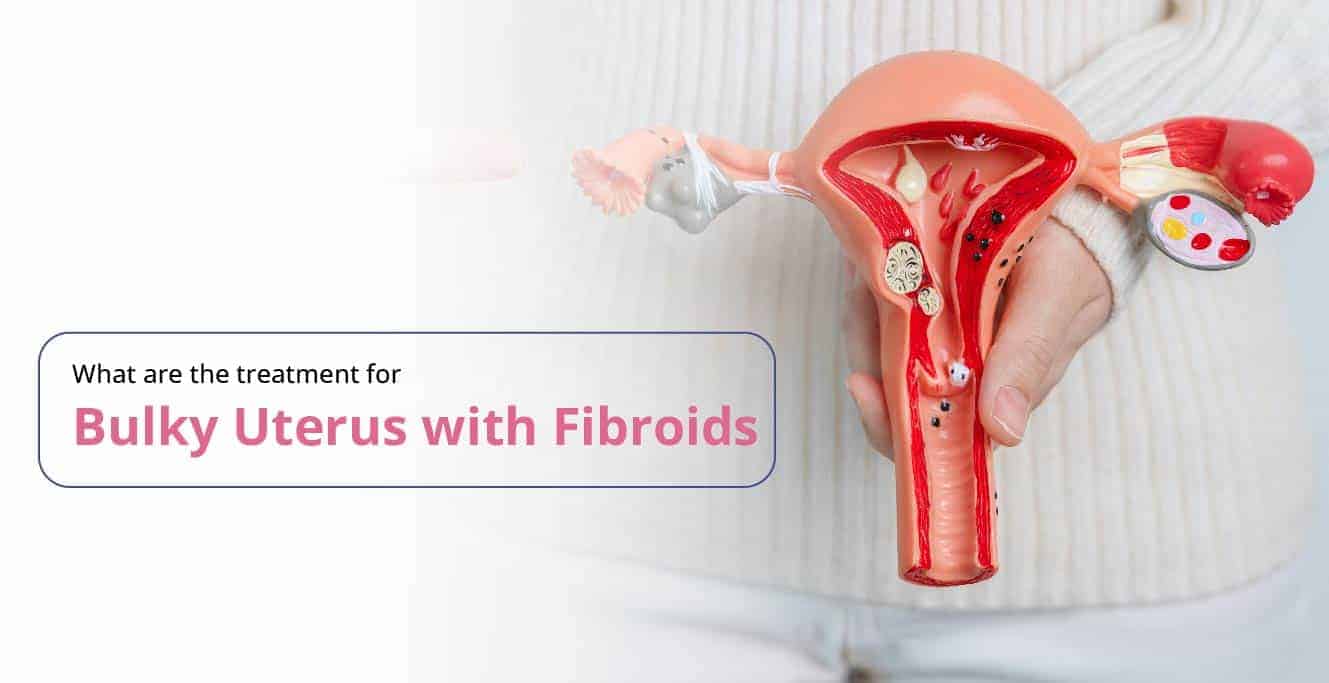A vaginal yeast infection is a common condition among women. According to Harvard Health Publishing, 75 out of 100 women experience vaginal yeast infection (also referred to as a fungal infection) at some point in their lifetime. And up to 45% of women experience it twice or more in their lifetime.
Vaginal yeast infection can occur when the balance of bacteria and yeast cells in the vagina changes. In such cases, the yeast cells multiply, causing intense itching, swelling, and other unpleasant symptoms.
Vaginal infections are not considered an STI or sexually transmitted infection. You can get vaginal yeast infections regardless of whether or not you have sexual contact.
Furthermore, though vaginal yeast infection symptoms are likely to happen to anyone, it’s always best to be mindful of the things that can make you manage them. Most people don’t experience any major vaginal yeast infection symptoms and find relief rather quickly.
Vaginal Yeast Infections Symptoms
The most common vaginal yeast infection symptoms are:
- Itchiness, burning, and irritation in the vagina and vulva.
- Swelling of the vulva.
- Rash in the vaginal area.
- Difficulty in peeing (usually accompanied by pain and burning).
- Vaginal discharge looks white, thick, and watery.
- The appearance of tiny cuts and cracks in the skin of the vulva.
- Experiencing pain during sex.
When to See a Doctor for Vaginal Yeast Infection?
Sometimes, vaginal yeast infection symptoms are similar to those of sexually transmitted infections. So if you notice any of the symptoms, you should consider visiting a doctor.
You should also visit a medical professional in the following cases:
- If you’re experiencing any of the vaginal yeast infection symptoms mentioned above.
- If you’re unsure of your condition. You can get an accurate diagnosis and get further treatment.
- If over-the-counter antifungal vaginal creams aren’t helping you with your condition.
- If you start seeing other symptoms emerging in addition to the vaginal yeast infection symptoms mentioned above.
Major Causes of Vaginal Yeast Infections
Vaginal yeast infections are caused by a type of fungus that exists in your body called Candida.
Candida normally resides on the skin, inside the body and in the mouth, throat, gut and vagina. Under normal circumstances, it doesn’t cause any problems.
However, when yeast is out of balance with the body’s ecosystem, this Candida can grow rapidly and lead to a vaginal yeast infection.
Here are the several factors that can lead to vaginal yeast infections:
- Taking antibiotics for an infection, for instance, a urinary tract infection (UTI), can kill the good bacteria in the body and the vagina. These good bacteria usually control yeast levels by keeping them in check. The lack of these beneficial bacterial strains can throw off the balance and lead to a vaginal yeast infection.
- Pregnancy and the use of birth control can cause hormonal changes and affect your vaginal microbiome. Your hormones can be all over the place during pregnancy. This might disrupt the balance and lead to an increase in Candida in your vagina.
- If you have uncontrolled diabetes, sugar in your mucus plugs may cause yeast to grow and lead to vaginal infections.
- HIV and other immune system disorders can facilitate the growth of the yeast and can lead to health ramifications.
- Using vaginal sprays can lead to an imbalance of the pH in your vagina.
- Yeast infections can also be passed from person to person through sexual contact.
Risk factors of vaginal yeast infection
Several factors can increase the risk of developing a vaginal yeast infection. These include:
Antibiotic use- Many women get a vaginal yeast infection after taking broad-spectrum antibiotics. This is because broad-spectrum antibiotics kill all the healthy bacteria in your vagina and lead to the overgrowth of yeast.
Uncontrolled diabetes- Women with high blood sugar are more likely to develop yeast infections than women with a healthy level of blood sugar.
Increased estrogen levels- Yeast infections occur more commonly in women with high estrogen levels. These could include pregnant women and women on hormonal birth control or therapy.
Impaired immune system- Women undergoing corticosteroid therapy or HIV are more likely to get yeast infections.
Prevention of vaginal yeast infections
You can often safeguard yourself against vaginal yeast infection by making some healthy changes in your lifestyle. These changes can consist of:
- Choosing underwear with a cotton crotch that does not fit tightly.
- Avoiding douching. While it may seem like a good idea to clean the vagina, it can kill some of the normal bacteria therein that protect you from infection.
- Avoiding the use of any scented feminine products, including bubble baths, tampons and pads.
- Staying out of hot water and using lukewarm water in your bath.
- Only taking antibiotics when necessary.
- Always change into dry clothes as soon as possible after you’re done swimming or exercising.
Different Options for Vaginal Yeast Infection Treatment
The following are a few options that can treat vaginal yeast infections. However, the severity of the fungal infection may vary from one patient to another. So it is suggested to consult the doctor to determine the right vaginal yeast infection treatment for effective results. Some of the vaginal yeast infection treatments are:
- Over-the counter antifungal creams such as clotrimazole, tioconazole, or miconazole.
- Ointments such as terconazole and butoconazole to apply on the affected area
- Suppositories
- Oral anti-fungal medication prescribed by the doctor
- Lifestyle changes like eating healthy food and drinking plenty of fluid
- Preventive measures
Conclusion
Vaginal Yeast infection is very common, and its symptoms include burning, itching and swelling of the vulva. Also, one of the significant symptoms is a foul odour, thick, and white vaginal discharge. Recognizing the symptoms and getting prompt and proper treatment can help reduce symptoms within a few days. In addition, knowing what factors lead to the infection can help decrease your chances of getting a vaginal yeast infection in the future. If a vaginal yeast infection is impacting your journey of conception, visit Birla Fertility and IVF today or book an appointment with us by calling on the number given on the website.
FAQs
- How to get rid of a yeast infection in 24 hours?
There is no immediate treatment to cure vaginal infection in 24 hours. However, you can manage the symptoms of it by taking over-the-counter antifungal ointments and medication. And, drink plenty of water to stay hydrated.
- Can I get rid of a yeast infection myself?
If you are sure of your symptoms then you could try home remedies like cold presses, sal water wash, or over-the-counter antifungal creams. However, it is always advisable to consult a doctor if you are experiencing any odd signs and symptoms to avoid any complications and immediate relief.
- Can a vaginal yeast infection be cured?
Yes, vaginal yeast infections can be cured with proper treatment and care.
- How many days vaginal yeast infection last?
Vaginal yeast infections usually last 3 days to 7 days. However, that is just an estimated period which may differ from one person to another based on their condition.


